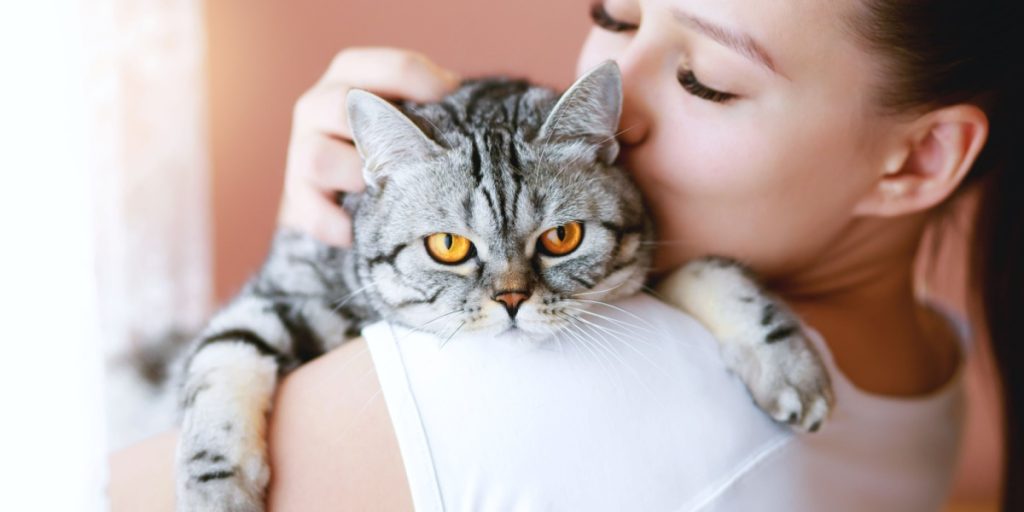Have you ever wondered why your cat’s meow gets louder or why they suddenly bite you while purring?
Others are reading now
A new study says we might not understand our cats as well as we think. French researchers have found that many people can’t tell when their cat is unhappy. In fact, about one-third of people get it wrong, compared to only about 10% who misinterpret a happy cat.
The Importance of Vocal and Visual Cues
The study, published in Applied Animal Behaviour Science, also says we often don’t understand what our cats are trying to tell us with their meows and other sounds. It’s not just about the noise; we should also look at what our cats are doing to get the full picture.
Charlotte de Mouzon, who led the study, explains, “Some studies have focused on how humans understand cat vocalizations. Other studies studied how people understand cats’ visual cues. But studying both has never before been studied in human-cat communication.”
The study’s conclusions were based on responses from 630 online volunteers, who were recruited via social media advertisements. Participants viewed 24 videos showcasing various cat behaviors. One third of the videos focused solely on vocal communication, another third on visual cues alone, and the final third combined both elements.
Also read
Deciphering Cat Communication
Cats use lots of ways to communicate, like swishing their tails side to side, raising them high, rubbing and curling around human legs, crouching, flattening their ears, and widening their eyes. Their vocal expressions vary from enticing to aggressive, including meows, purrs, growls, hisses, and caterwauls.
But, it turns out, understanding our furry friends is more challenging than we might think.
Monique Udell, who studies human-animal interactions but wasn’t involved in this study, mentions, “It’s worth doing these investigations because it’s showing us that we’re not always accurate, and it helps us understand where our blind spots are.”
Purring: A Sign of Comfort or Stress?
One surprising finding is about purring.
While we often think a purring cat is a happy cat, Dr. de Mouzon says, “Purring can be exhibited in uncomfortable or stressful conditions. When a cat is stressed, or even hurt, they will sometimes purr.”
This purring might be a way for cats to comfort themselves, according to Kristyn Vitale, an assistant professor of animal health and behavior at Unity Environmental University in Maine.
Beyond Cats: Understanding Dog Behavior Too
And it’s not just cats. Our interpretations of dog behavior, like tail wagging, can also be off.
“People tend to perceive the wag of the tail as this really positive thing,” Dr. Udell said.
“Actually, there are so many different, subtle cues that can be given off with the tail. Is the tail wagging more to the left or the right? How fast is the tail wagging? Is it above the midline or below? All of those wags mean entirely different things. Some of them are happy. Some are pre-aggression warning signs. You can see the whole gamut in just the tail wag.”
Strengthen Human-Animal Bonds
Understanding these signals better can help improve the relationships between pets and their owners and even animal welfare.
For instance, if a cat bites “because they have learned over time that this is the only way to make something stop,” recognizing their earlier, subtler signals can prevent such outcomes.
This research is not only about helping pet owners but also about exploring how animals like cats can support people with mental health challenges or developmental differences.
Dr. Udell highlights, “These are all places where animal companionship can make really big differences.”
“You can’t rely on animals to be these effective companions if you’re not mindful of their welfare,” she said. “And animal welfare, human welfare and interactions between the two are intricately linked. If you’re improving the lives of animals, you’re likely providing better outcomes for people, too.”


